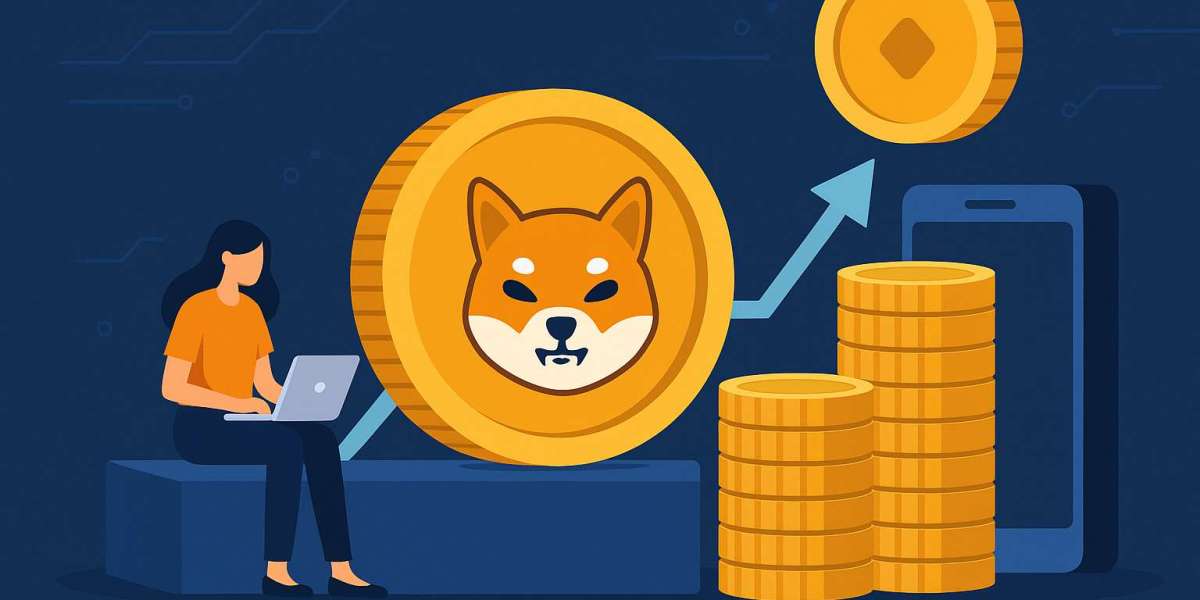In the rapidly evolving world of cryptocurrency and decentralized technologies, understanding foundational concepts is essential. Two terms that are often misunderstood or used interchangeably are "blockchain" and "token." While both are central to the crypto ecosystem, they serve fundamentally different purposes. As developers, entrepreneurs, or even curious enthusiasts, grasping the distinction between these two can help in making informed decisions when designing, investing in, or engaging with crypto-based projects.
What Is a Blockchain?
A blockchain is a type of distributed ledger technology that allows data to be stored across a network of computers in a decentralized manner. Rather than relying on a single central authority or database, a blockchain records transactions in blocks that are linked chronologically, forming a continuous chain. This structure ensures that once data is recorded, it cannot be altered retroactively without altering all subsequent blocks, which is nearly impossible due to the cryptographic mechanisms involved.
The concept of a blockchain became widely known with the advent of Bitcoin in 2009. Bitcoin's blockchain was designed specifically to record transactions of the Bitcoin cryptocurrency. However, over time, developers realized that blockchain technology had applications far beyond digital money. Platforms like Ethereum emerged, offering programmable blockchains that could run smart contracts—self-executing pieces of code that live on the blockchain and operate under predefined rules. These advancements transformed blockchains from simple transaction ledgers into dynamic platforms for building decentralized applications.
Public blockchains like Ethereum and Bitcoin are open for anyone to use, read, and contribute to. They are governed by consensus mechanisms such as Proof of Work or Proof of Stake, ensuring that no single party has control over the entire network. Meanwhile, private and consortium blockchains offer more controlled environments, often used in enterprise or institutional contexts.
What Is a Token?
Unlike a blockchain, which is an entire network and ledger, a token is a digital asset created on an existing blockchain. Tokens do not have their own blockchain; instead, they rely on the infrastructure and security of another blockchain, most commonly Ethereum. The main role of tokens is to represent a unit of value or a specific utility within a digital ecosystem. They are typically created and managed using smart contracts, which define the rules and logic governing the token's behavior.
The most common use case of a token is as a medium of exchange within a decentralized application (dApp). For instance, a decentralized finance (DeFi) platform might issue its own token to facilitate lending, staking, or governance. Other projects use tokens to represent access rights, voting power, or even ownership of physical or digital assets. Tokens can be fungible, meaning each unit is the same as the next—like traditional currencies—or non-fungible, where each token is unique, such as digital art or collectibles known as NFTs.
Ethereum introduced standardized protocols like ERC-20 and ERC-721, which make it easier for developers to create interoperable and reliable tokens. These standards have enabled the massive growth of token-based ecosystems, allowing tokens to be easily integrated into wallets, exchanges, and other platforms.
How Blockchains and Tokens Differ in Structure and Purpose
The key difference between a blockchain and a token lies in their function and independence. A blockchain is the foundational layer of infrastructure. It provides the base upon which everything else is built, including tokens, decentralized applications, and smart contracts. It handles data security, consensus, and decentralization, making it the backbone of the entire crypto environment.
In contrast, a token is more like an application that operates within the blockchain's environment. It cannot exist on its own without a supporting blockchain, much like an app needs an operating system to function. While blockchains involve complex engineering, network coordination, and often years of development, creating a token can be as simple as writing a smart contract and deploying it on a blockchain like Ethereum. This makes tokens a far more accessible entry point for developers looking to create crypto products without having to build an entirely new chain from scratch.
Another major difference is the role they play in the ecosystem. Blockchains are like the roads and infrastructure of a city—they enable movement, security, and functionality. Tokens are more like vehicles or goods moving on those roads. They serve specific purposes, from being used as payment within an application to granting access or rights to users. Without the roads, the vehicles go nowhere; without the vehicles, the roads serve less purpose.
The Development Process: Blockchain vs. Token
Creating a new blockchain is a complex and resource-intensive process. It typically requires deep knowledge of cryptographic protocols, consensus algorithms, and distributed systems. Developers must decide on the structure of the network, how nodes will communicate and agree on transactions, and how new blocks will be validated and added. Popular open-source tools and frameworks like Substrate (used by Polkadot) and Cosmos SDK provide some support, but the technical bar remains high.
On the other hand, developing a token is relatively straightforward, especially on programmable blockchains like Ethereum. Using pre-existing templates and libraries, such as OpenZeppelin’s smart contract framework, developers can launch a token with minimal code. The contract specifies parameters such as total supply, transfer rules, and access permissions. Once deployed, the token can be distributed, traded, or integrated into various DeFi platforms. This lower barrier to entry has led to a proliferation of tokens, each representing a diverse range of use cases—from community rewards and voting rights to complex financial instruments.
Why the Distinction Matters in the Crypto Ecosystem
Understanding whether you're dealing with a blockchain or a token is essential for both developers and users. For developers, it determines the scope and complexity of the project. A team building a new blockchain must think about node architecture, governance models, economic incentives, and community bootstrapping. Conversely, a team launching a token might focus more on tokenomics, market fit, and application usability.
For investors or users, knowing the difference can help assess the risks and opportunities associated with a project. A project with its own blockchain might be attempting to solve foundational problems, like scalability or decentralization, and thus could offer high potential rewards but also higher risks. A token-based project, while easier to launch, might rely heavily on the success and stability of its parent blockchain, making it vulnerable to broader ecosystem changes.
Furthermore, the difference affects how assets are integrated into wallets, exchanges, and compliance frameworks. Tokens that follow established standards are often easier to list and manage across platforms. Blockchains, however, often require new infrastructure and partnerships for broader adoption.
Real-World Implications and Use Cases
Consider Ethereum and the many projects built on top of it. Ethereum, as a blockchain, provides the environment for thousands of tokens to operate. Each of these tokens serves a different purpose—some enable governance over decentralized exchanges, others facilitate borrowing and lending, while some represent unique assets like music, videos, or virtual real estate.
One notable example is the Uniswap protocol, a decentralized exchange built on Ethereum. It uses a token called UNI, which gives holders the right to vote on protocol changes and updates. The UNI token operates entirely within Ethereum's ecosystem and would not exist without it. Meanwhile, projects like Solana or Avalanche operate their own independent blockchains, with their native tokens (SOL and AVAX) used for transaction fees, staking, and governance.
Understanding whether a token is native (like SOL on Solana) or built on another blockchain (like USDC on Ethereum) can also influence how it is used, how secure it is, and what kind of transaction fees or speeds to expect.
Conclusion: Building the Future, One Layer at a Time
The world of cryptocurrency development is built on two fundamental layers: blockchains and tokens. Each plays a crucial role in shaping the decentralized applications, financial systems, and digital communities of tomorrow. Blockchains offer the infrastructure, security, and decentralized principles that enable this new digital world to function. Tokens, meanwhile, bring versatility, innovation, and utility to life within those systems.
For developers and entrepreneurs, choosing whether to build a blockchain or a token depends on their goals, technical resources, and long-term vision. For users and investors, recognizing the distinction helps navigate the fast-moving landscape of crypto projects with greater clarity and confidence.
As the crypto space continues to mature, the interplay between blockchains and tokens will become even more sophisticated. Projects will increasingly layer their innovations, combining the power of robust infrastructure with the agility of tokenized economies. In understanding the difference between these two foundational elements, we come one step closer to unlocking the full potential of decentralized technology.



